Texas weather has always been unpredictable, but when Mother Nature really wants to make an impression, she sends ice chunks the size of grapefruits hurtling from the sky. These aren’t your ordinary spring showers or gentle drizzles. We’re talking about storms that leave behind scenes resembling a battlefield, where windows look like spider webs and rooftops tell the story of nature’s fury.
Hailstorms in Texas are a force of nature that leave a lasting mark, both on the landscape and in the memories of those who lived through them. These storms can drop massive ice balls, sometimes weighing as much as a pound or more, causing not just damage to property but to crops, vehicles, and anything caught in their path. Texans remember these intense weather events vividly, and the stories they share are as big as the hail itself. From the infamous storm of 2002 to the more recent records being set, these hailstorms have reshaped the way Texans view their unpredictable climate. It’s no wonder that each storm adds another chapter to the history of Texas weather.
The Hondo Hailstone Record Breaker – April 28, 2021
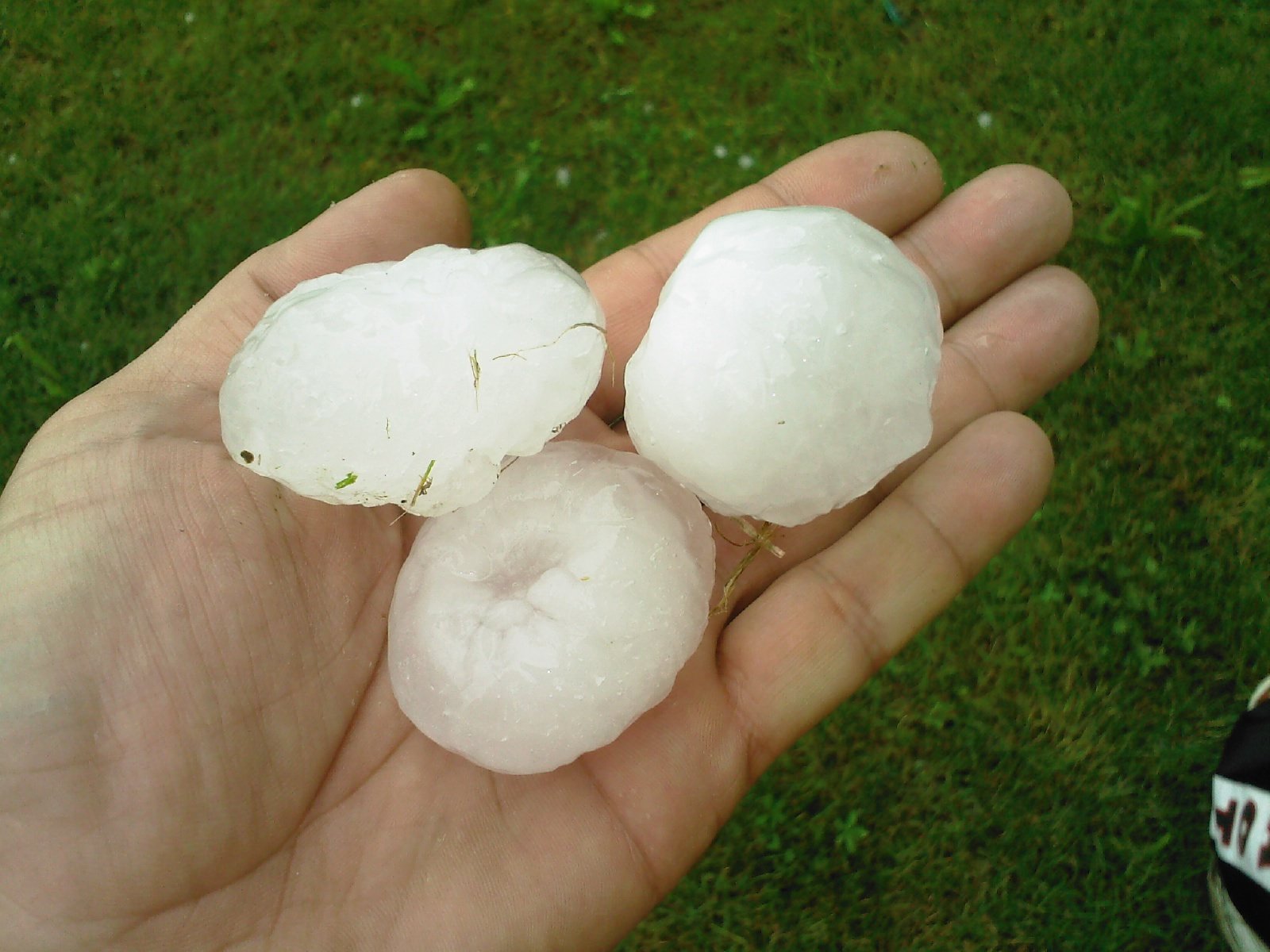
Think you’ve seen big hail before? Think again. The hailstone that fell near Hondo on April 28, 2021, set the inaugural State Climate Extremes Committee record for Texas in four metrics – diameter, mass, volume, and circumference. After a 3-D scan, the Insurance Institute for Business and Home Safety measured this monster at 6.4 inches in diameter.
What makes this storm particularly fascinating is how the meteorological conditions aligned perfectly for such massive hail production. Two supercells developed separately, took similar tracks producing large hail, then merged over Highway 90 in Medina County, causing the updraft to grow larger and intensify the storm. The Hondo stone weighed about 1.2 pounds, proving that when Texas does something, it really goes all out.
The April 1992 Terror – Between Waco and Fort Worth
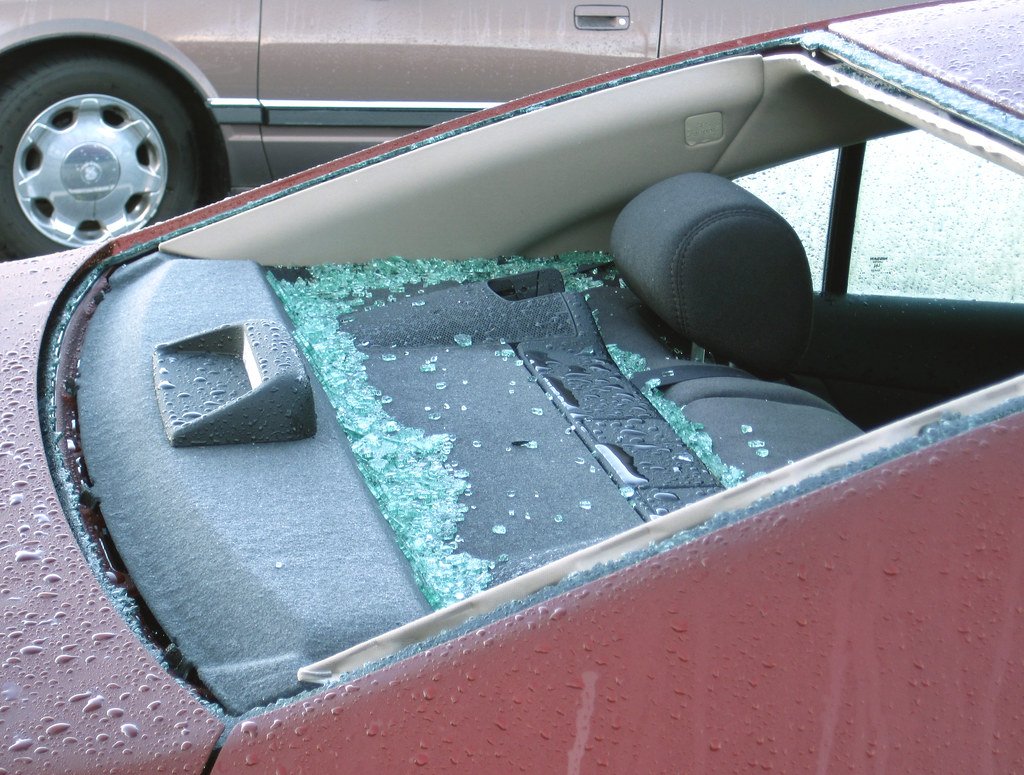
The evening of April 28, 1992, brought with it one of the most devastating hailstorms of all time, pummeling two areas approximately 100 miles apart. For nearly five hours, residents between Waco and Fort Worth braced as hailstones the size of grapefruits (4.5 inches in diameter) smashed windows and decimated roofs, with no other Texas hail storm in recorded history ever coming close to the amount of damage sustained that spring evening.
This wasn’t just a case of bad luck striking one community twice. The storm system was so massive and persistent that it maintained its destructive power across a huge geographic area. Imagine sitting in your living room, hearing what sounds like someone dropping bowling balls on your roof for five straight hours – that’s what thousands of Texans experienced that unforgettable April evening.
The Historic Mayfest Disaster – May 5, 1995
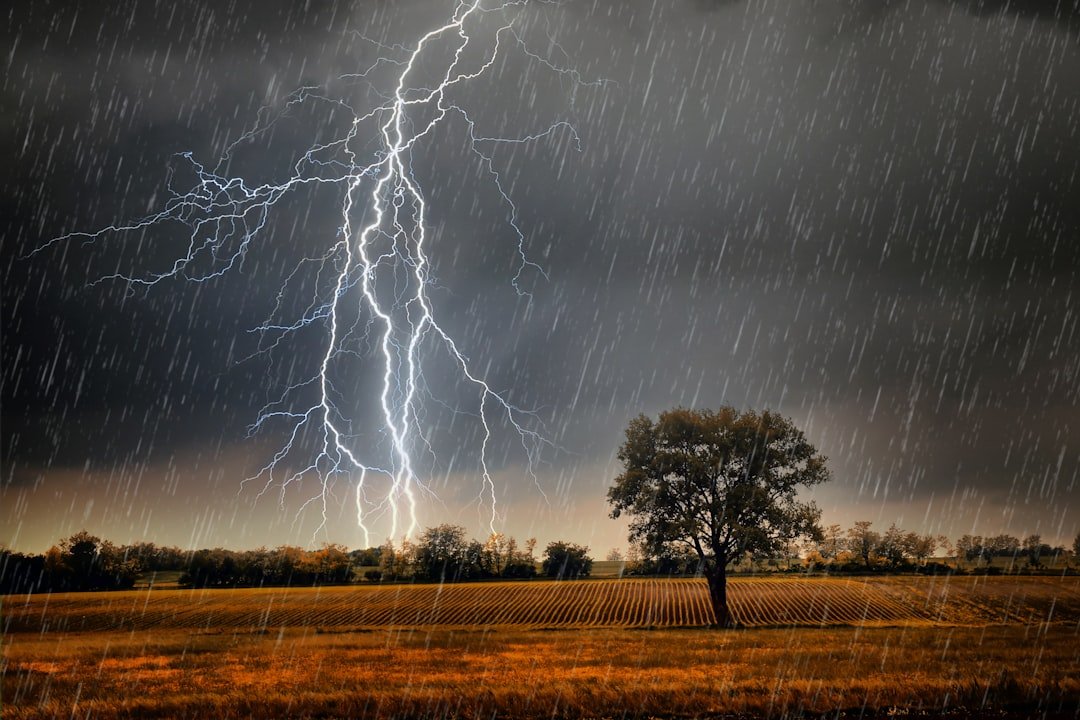
The 1995 Mayfest storm struck parts of the Dallas-Fort Worth metroplex on May 5, 1995, becoming the first singular thunderstorm with a damage toll exceeding $1 billion and at the time the costliest nontornadic thunderstorm in U.S. history. The storm struck the Fort Worth Mayfest outdoor festival, pelting roughly 10,000 people in attendance with softball-sized hail and resulting in over 60 hospitalizations.
At one location in southern Parker County, hail accumulated to a depth of 18 inches, while the first region of hail produced by the storm encompassed a swath 40 miles long with hail sizes ranging from 2.5 to 4.5 inches accompanied by wind gusts topping 55 mph. Picture attending what should be a fun outdoor festival and suddenly finding yourself dodging ice chunks bigger than your fist – it’s the kind of experience that leaves lasting memories for all the wrong reasons.
San Antonio’s Billion-Dollar Beating – April 16, 2016
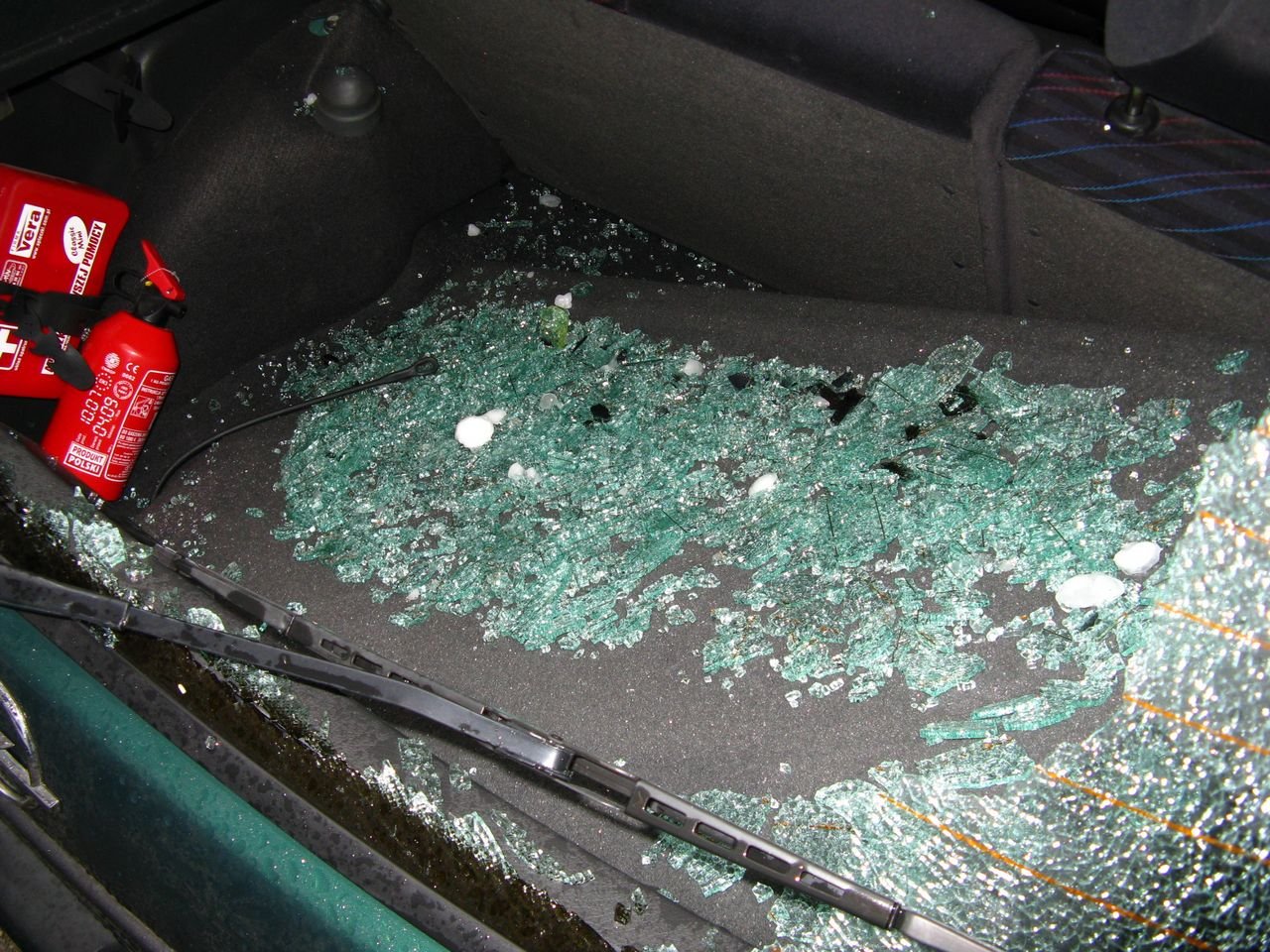
Damage costs in San Antonio are estimated at $1.4 billion making this the costliest hailstorm in the history of Texas before inflation, with damage to 136,000 vehicles and 125,000 homes. The largest hail storm moved across northern Bexar County, crossing the northern half of San Antonio, with a thunderstorm producing 4.5-inch hail near Tezel Road and Bandera Road in northwestern San Antonio, tying for the largest hailstone ever reported in Bexar County.
What makes San Antonio’s hailstorm particularly brutal is how it targeted one of Texas’s most populated areas. When you’re dealing with hundreds of thousands of homes and vehicles all getting pummeled simultaneously, the repair costs become astronomical. Insurance adjusters probably worked overtime for months trying to process all the claims from this single weather event.
The Denton County Devastation – April 11, 2016
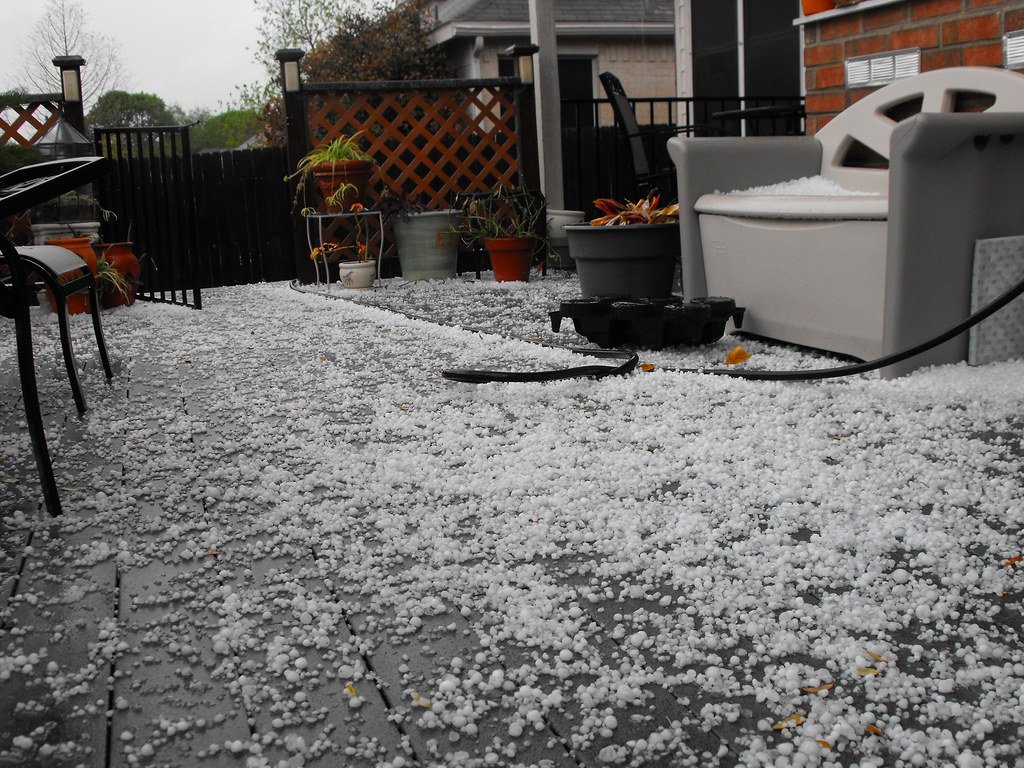
The worst damage was done in Denton where hail up to the size of softballs caused close to $850 million in damage at the time. In 2014, Denton was rattled by softball-sized hail that drove holes through many roofs and windshields, with total damages estimated between $300-$500 million, affecting 12,000 homes and double the number of cars.
Denton County seems to have a particular magnetism for destructive hailstorms. The area’s geographic location makes it a prime target for severe weather systems moving through North Texas. Residents there have learned to take hail warnings seriously – when you’ve seen softball-sized ice chunks punch holes through solid roofing materials, you don’t mess around with storm predictions.
The Carrolton Morning Nightmare – June 6, 1996

In the early morning hours of June 6th, Carrolton, Texas received the worst of a terrible hailstorm that rocked parts of the Dallas-Fort Worth area with 3-inch diameter hailstones. This storm stands out because it struck during the early morning hours, catching many residents completely off guard.
There’s something particularly unsettling about being awakened by the sound of ice chunks hammering your house. Most people expect severe weather during afternoon and evening hours when atmospheric conditions are typically more unstable. When it happens at dawn, it feels like nature is breaking all the rules, leaving families scrambling to protect their property while still rubbing sleep from their eyes.
The Lake Worth Tragedy – March 29, 2000
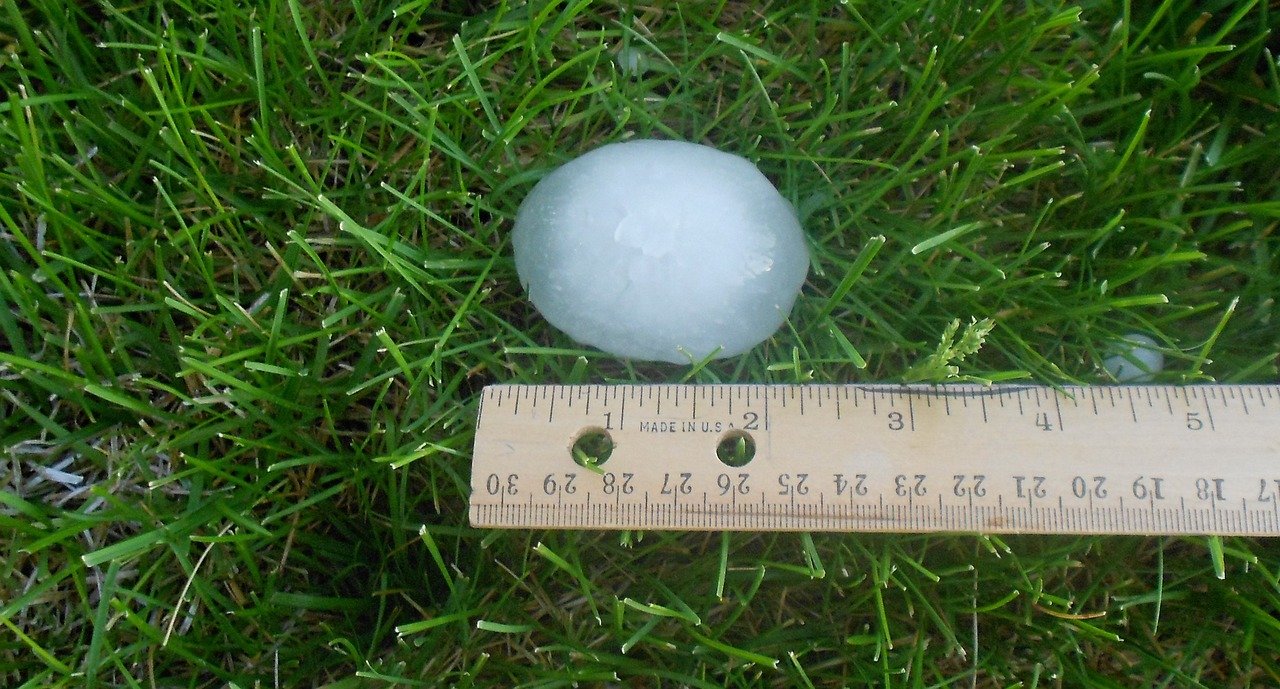
One of the last recorded hail fatalities in the US occurred in Lake Worth, Texas in 2000 when a 19-year-old young man was struck in the head by a softball-sized hailstone. Juan Oseguera was a boater on Lake Worth, Texas, on March 29, 2000, when he became one of only three people known to have been killed by falling hailstones in modern U.S. history.
This tragic incident serves as a sobering reminder that hailstorms aren’t just about property damage and insurance claims. When ice chunks fall from thousands of feet up, they can reach terminal velocities that make them genuinely dangerous to human life. Juan’s death remains a stark warning about the importance of seeking immediate shelter when large hail is forecasted.
The Rio Grande Valley Record – McAllen
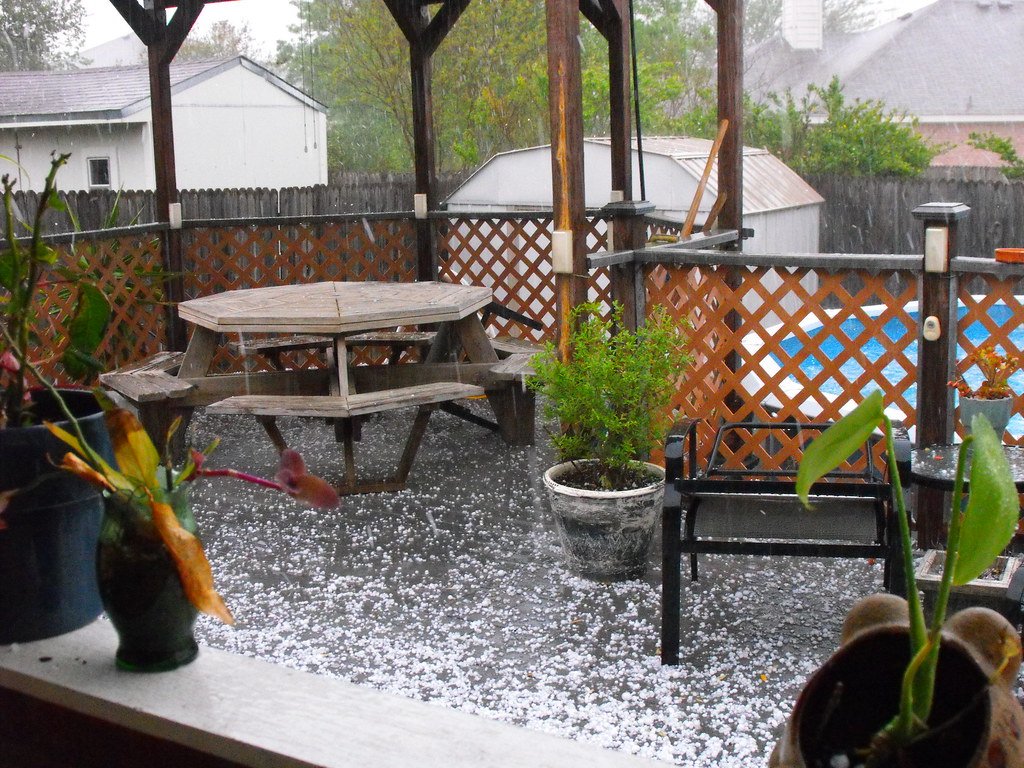
McAllen was slammed with the largest hailstorm ever recorded in the Rio Grande Valley, with hailstones the size of baseballs continuously pounding on roofs with the aid of 75 mph winds. This storm is particularly notable because the Rio Grande Valley typically doesn’t see the kind of severe hailstorms that plague other parts of Texas.
When a region that’s not accustomed to major hailstorms suddenly gets hit with record-breaking ice chunks, the damage can be even more severe because buildings and infrastructure aren’t designed with that kind of weather in mind. The combination of large hail and hurricane-force winds created a perfect storm of destruction that South Texas residents will never forget.
Conclusion
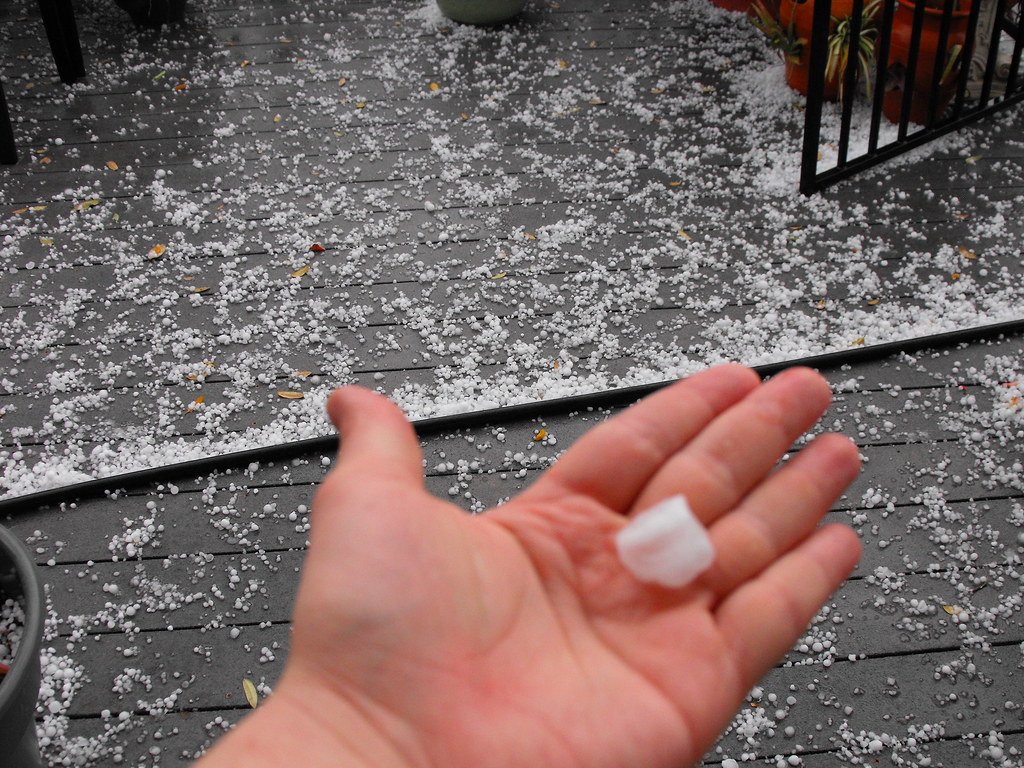
These eight hailstorms represent more than just weather statistics – they’re moments when ordinary Texans faced extraordinary circumstances and lived to tell about it. From the record-breaking Hondo hailstone that required scientific committees to verify its massive size, to the tragic loss of life at Lake Worth, these storms have shaped how Texans think about severe weather preparedness.
Each storm teaches us something different about the power of nature and the resilience of communities. The billion-dollar damage totals might grab headlines, but it’s the human stories – the festival-goers huddled for shelter, the families awakened by thunderous impacts, the storm chasers risking their safety to document these incredible events – that make these storms truly unforgettable. When the next severe weather warning pops up on your phone, remember these eight storms and take it seriously. In Texas, you never know when Mother Nature might decide to make history all over again.

Hi, I’m Andrew, and I come from India. Experienced content specialist with a passion for writing. My forte includes health and wellness, Travel, Animals, and Nature. A nature nomad, I am obsessed with mountains and love high-altitude trekking. I have been on several Himalayan treks in India including the Everest Base Camp in Nepal, a profound experience.



